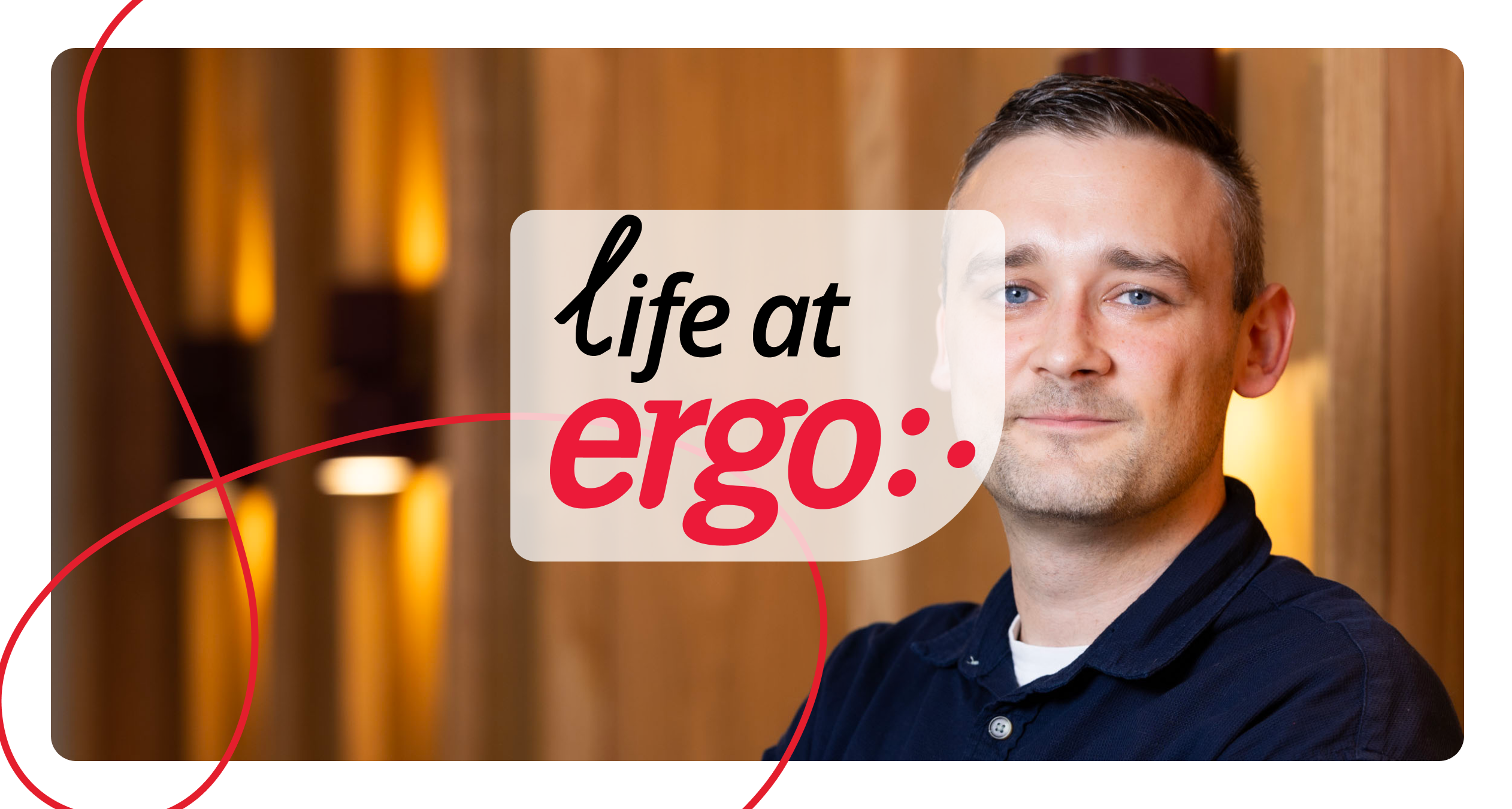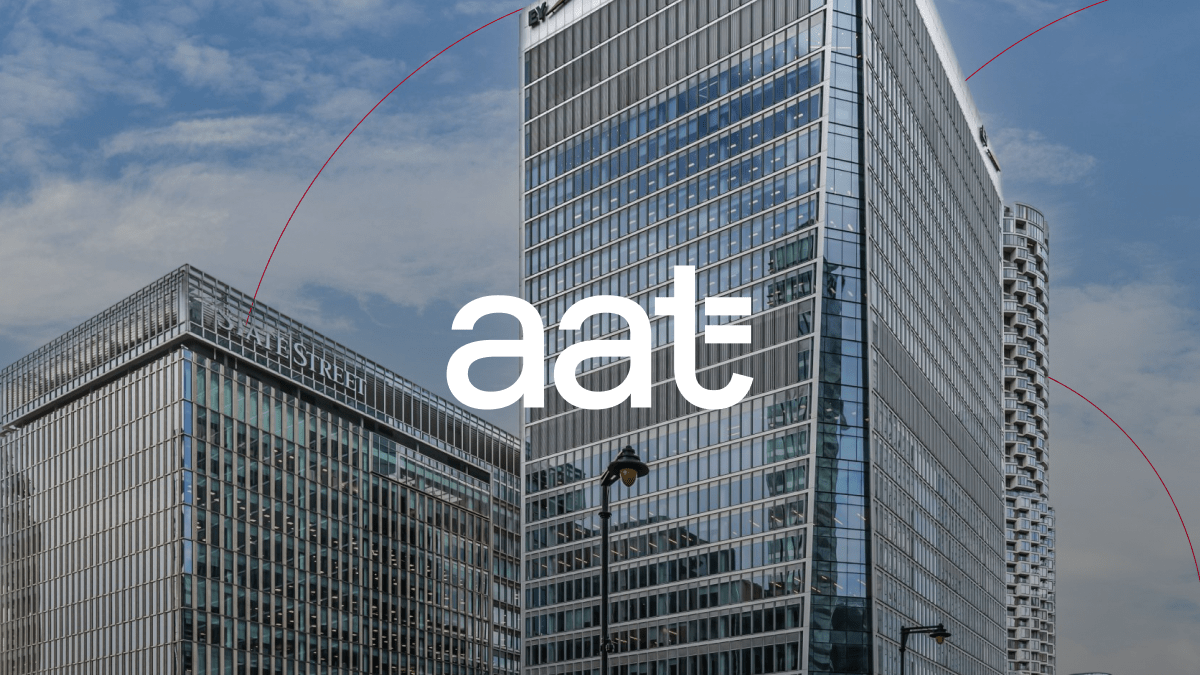In today’s fast-paced digital world, the service desk has evolved from a simple help desk to a comprehensive support system that plays a crucial role in the success of any organization. The modern service desk is no longer just about resolving technical issues; it’s about enhancing the overall user experience, driving efficiency, and enabling business growth. At Ergo we offer Modern Service Desk as part of Managed Services offering to all our clients.
Let’s explore the key characteristics of traditional service desk (vs) modern service desk
Traditional (Vs) modern service desk?
Characteristics of traditional service desk (TSD): Not fit for purpose & fit for use
- Operates On Backfoot
- Outdated Technologies
- Outdated Ticketing System & Limited Capabilities
- Overwhelmed Service Desk
- Bad User Experience
- Competitive Disadvantage
Characteristics of modern service desk (MSD): Fit for purpose & fit for use
- Uses Modern Technologies
- Enhanced User Experience
- Highly Engaged Service Desk
- Increased Efficiency
- Scalability & Flexibility
- Cost Efficiency
- Integrated Diverse Systems into E2E Workflows
- Support Dispersed Workforce
- Data Driven Insights
- Reduce Risk, Improve Security & Compliance
- Competitive Advantage & Low Customer Effort Score
8 key features and benefits of a modern service desk
1. User-centric approach
The modern service desk places the user at the center of its operations. This means understanding the needs and preferences of users and providing personalized support. By leveraging advanced analytics and user feedback, service desk can anticipate issues and proactively address them, leading to great user experience and loyalty.
Examples: At Ergo we use end user, stakeholder surveys to capture direct feedback and identify common user pain points. We then create targeted self-help articles and video tutorials to address these issues, reducing the number of support tickets at service desk.
2. Omnichannel support (embedded AI capabilities)
Gone are the days when users had to rely solely on phone calls or emails to get support. The modern service desk offers omnichannel support, allowing users to reach out through various channels such as self-service portals, chat, email, telephone, social media, and mobile apps with embedded AI capabilities. This flexibility ensures that users can get IT service desk / IT help desk support, Any Time, Any Where on Any Device (ATAWAD) they need it.
Examples: At Ergo we offer omnichannel support through self-service CSM portal, virtual agent, live agent support. Users can start a conversation on one channel and continue it on another without repeating their issue.
3. Automation and AI integration (various technologies and PaaS capabilities
Automation and artificial intelligence (AI) are transforming the way service desks operate. AI-powered chatbots can handle routine queries, freeing up human agents to focus on more complex issues, also referred as SD L0 support. Automation tools can streamline repetitive tasks, reducing response times and improving efficiency. This integration of AI and automation not only enhances productivity but also provides a seamless user experience.
Examples: At Ergo based on user issue type ServiceNow platform will automatically log a Requests or an Incident. ServiceNow Advance Work Assignment (AWA) capability automatically categorize and route tickets to the appropriate IT Service Desk Team (L1, L2, L3, L4). Our Chatbots handle password resets and basic troubleshooting, reducing response times. Also for valid security and network & application related monitoring system alerts, ServiceNow platform proactively & automatically logs an incident to be actioned by SOC, NOC & Application support teams.

*Source: ServiceNow (PaaS) ITOM AI capability driven illustration to predict & prevent a major outage/incident
4. Knowledge management (ITIL best practise framework)
A robust knowledge management system in line with ITIL best practise framework, is the bedrock of the modern service desk. By maintaining a comprehensive knowledge base, service desks can provide users with quick access to solutions for common issues. This not only empowers users to resolve problems on their own (self-help, self-heal), but also reduces the workload on service desk team and drives better utilization of human resource capacity to solve complex incidents.
Examples: At Ergo we maintain a comprehensive knowledge base with articles, FAQs, and video tutorials. This helps users find answers quickly, reducing the number of support requests to IT Service Desk.
5. Data-driven insights
The modern service desk leverages data analytics to gain insights into user behaviour, service performance, and potential areas for improvement. By analysing data, service desks can identify trends, predict future issues, and make informed decisions to enhance service quality. This data-driven approach ensures continuous improvement and better alignment with business goals.
Examples: At Ergo IT service desk we use ServiceNow Performance Analytics, MS Power BI applications, to analyse support ticket data to identify recurring issues, repeat requests & incidents. We use this information to implement proactive measures, such as system & knowledge base updates and to train our service desk teams.
6. Collaboration and integration
Effective collaboration and integration with other business functions are essential for a modern service desk. By working closely with IT, HR, and other departments, the service desk can provide holistic support that addresses the root causes of issues. Integration with other tools and systems also ensures a seamless flow of information, enhances overall efficiency & improve user experience.
Examples: At Ergo IT service desk integrates with the HR system to streamline employee onboarding, relocation & offboarding activities, in line with Joiner, Mover & Leavers (JML) process. New employees automatically receive necessary software and access permissions, reducing setup time.
7. Security and compliance
With the increasing importance of data security and regulatory compliance, the modern service desk must prioritize these aspects. Implementing robust security measures and ensuring compliance with industry standards protect both the organization and its users. This builds trust and confidence in the service desk’s capabilities.
Examples: At Ergo security is embedded in every aspect of our Managed Services. We use state of the art technologies, encryption and multi-factor authentication to secure sensitive information. Implement strict access controls and regular security audits to comply with data protection regulations like GDPR and ISMS, SOC2, NIST2, DORA compliance.
8. Continual improvement projects
A modern service desk is always evolving. By analysing performance metrics and user feedback, service desks can continuously improve their processes and services. This commitment to continuous improvement ensures that the service desk remains aligned with the changing needs of the business and its users.
Examples: At Ergo we use ServiceNow Performance analytics MS power BI to analyse performance metrics and user feedback. We use Lean Six Sigma practise driven framework & methodology to identify & drive Continual Improvement (CI) projects. These CI projects are driven to improve Timely, Quality, Productivity & Financial metrics (Examples – Incident Response & Resolution Time; Improve CSAT%, QA%; Tickets per SD agent per day; SD Cost). Also we use Lean Six Sigma methodology to identify and drive (Process Improvements, Digitization/Automation, Cost Optimization, Revenue Generation) projects for internal teams & external clients.
Ergo managed services – modern service desk operating models
As the industries evolve, we are seeing different Modern Service Desk client business requirements across Financial, Life Sciences, Public & Retail Sectors. Therefore, to meet those unique business requirements of our clients, at Ergo we offer Modern Service Desk broadly in four different operating models.
- Dedicated Operating Model: In this model Ergo offers a fully dedicated IT service desk teams, operating 24X7 from Ergo/Client office locations. We also tailor onsite vs offsite service desk team structure to meet client business requirements. We have currently several large enterprise clients from Financial, Life Sciences, Public & Retail sectors operating in this model, providing white glove service.
- Shared Operating Model: In this model Ergo offers a shared IT service desk teams, operating 24X7 from Ergo office locations. We also tailor onsite vs offsite service desk team structure to meet client business requirements. We have currently several corporate clients from Financial, Life Sciences & Public sectors operating in this model.
- Hybrid Operating Model: In this model Ergo offers a hybrid IT service desk teams, operating during business hours from client office in dedicated model & remaining non business hours from Ergo office locations in shared model. We have currently several enterprise & corporate clients from Financial, Life Sciences & Public sectors operating in this model.
- Resource Augmentation Model: In this model Ergo offers a Resource Augmentation IT service desk teams, operating during business hours from client office in dedicated model managed by Ergo & client management teams and remaining non business hours from Ergo office locations in shared model managed by Ergo Managed Service team. We have currently few corporate clients from public sector operating in this model.
- Visual representation of modern service desk:

Conclusion
The modern service desk is a dynamic and integral part of any organization. By adopting a user-centric approach, leveraging advanced technologies, and focusing on continuous improvement, service desks can provide exceptional support that drives business success. As organizations continue to evolve, the service desk will play an increasingly vital role in ensuring a seamless and efficient user experience.






